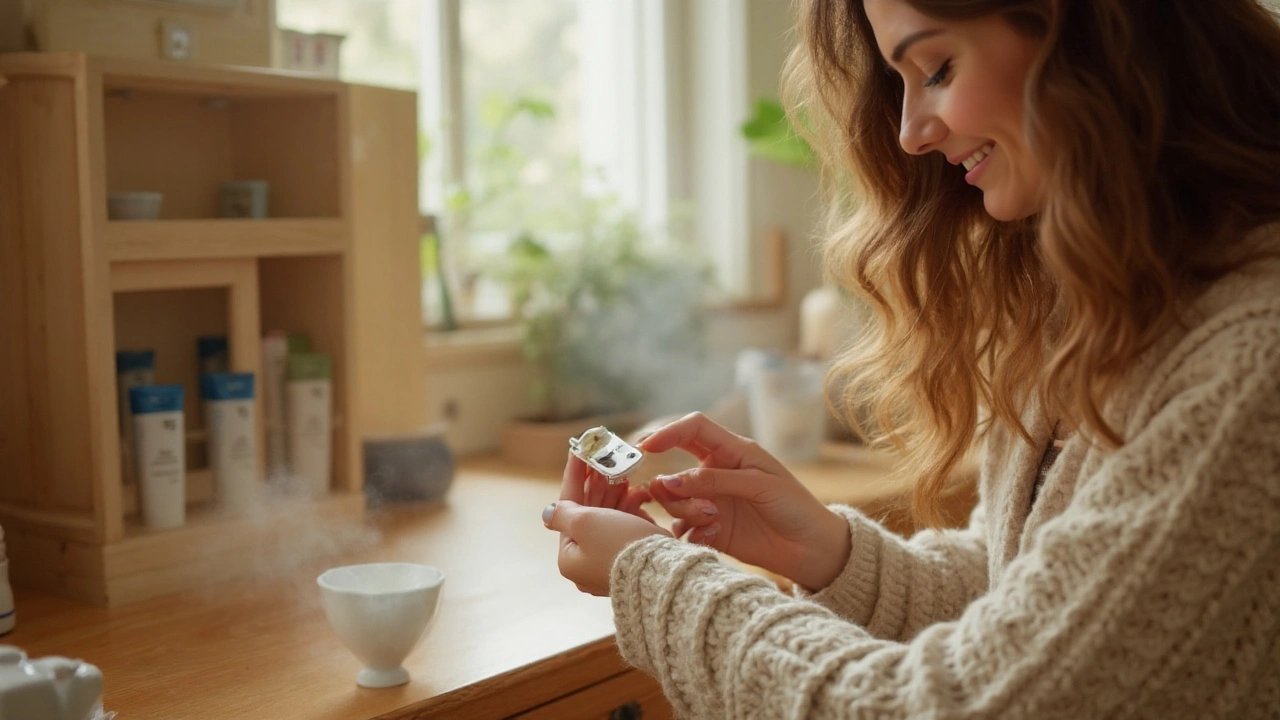Topical Corticosteroid: Quick Facts and Practical Tips
If you’ve ever been told to use a steroid cream for a rash, itch or eczema, you’re looking at a topical corticosteroid. These are medicines you put on the skin to calm down inflammation and stop itching. They work fast, but using them the wrong way can cause trouble. Below you’ll find the basics you need to know before you reach for that tube.
When and Why Doctors Prescribe Them
Doctors usually recommend a topical corticosteroid for conditions like eczema, psoriasis, allergic dermatitis, and even insect bites. The goal is to shrink red, swollen patches and relieve the urge to scratch. They come in strengths ranging from mild (like 1% hydrocortisone) to very strong (like clobetasol 0.05%). Your doctor picks the strength based on how bad the skin problem is and where it’s located. For example, a gentle formula works well on the face, while a tougher one is saved for elbows or knees.
How to Use a Steroid Cream Correctly
First, wash your hands and clean the affected area with mild soap. Pat it dry – don’t rub. Then, apply a thin layer of the cream, enough to cover the spot but not more. Less is usually better; a pea‑sized dab for a small patch is enough. Most doctors say to use it once or twice a day for a set period, often 1‑2 weeks. After that, you may need to taper the usage down to avoid rebound flare‑ups.
Don’t use a steroid cream under a bandage unless your doctor says it’s okay. Trapping the medicine can make the skin absorb too much, increasing the risk of side effects. If you miss a dose, just skip it and continue with the next one – no need to double up.
Common Side Effects to Watch For
Short‑term use of low‑strength creams usually causes little trouble. But higher‑strength steroids or long‑term use can thin the skin, cause stretch marks, or lead to easy bruising. You might also see a temporary darkening of the skin or a pink ring around the area. If you notice any of these, stop the cream and call your doctor. In rare cases, steroids can be absorbed enough to affect the whole body, leading to symptoms like weight gain or high blood pressure.
Another warning sign is a rash that gets worse after you stop the cream. This is called a rebound effect, and it means you need a slower taper under medical supervision.
Choosing the Right Product for You
Ask your pharmacist or doctor about the potency level that fits your condition. For mild itch on the arms, a 1% hydrocortisone is often enough. For stubborn psoriasis on the scalp, a stronger prescription like betamethasone might be needed. If you have sensitive skin on your face, look for “non‑cream” options such as gels or ointments that cause less irritation.
Read the label for inactive ingredients. Some people react to fragrances or certain preservatives, so a plain formula is safer if you have a history of allergies.
Tips to Get the Most Out of Your Steroid Cream
Stick to the prescribed time frame – don’t keep using it just because the rash looks better. Over‑use can make the skin more vulnerable the next time a flare‑up happens. Pair the cream with a good moisturizer. Applying a fragrance‑free lotion after the steroid has dried can help keep the skin barrier strong and may reduce the need for future steroid courses.
Lastly, keep a short diary of where you apply the cream, the strength, and how often. This simple record helps you and your doctor see patterns and decide if a change in treatment is needed.
Topical corticosteroids are powerful tools when used correctly. By following these basics, you can calm skin inflammation fast while keeping side effects to a minimum.
Candid B Lotion vs Other Antifungal & Steroid Creams: Full Comparison Guide
An in‑depth look at Candid B Lotion (beclometasone+clotrimazole) compared with leading antifungal and steroid creams, covering uses, benefits, side effects and cost.
